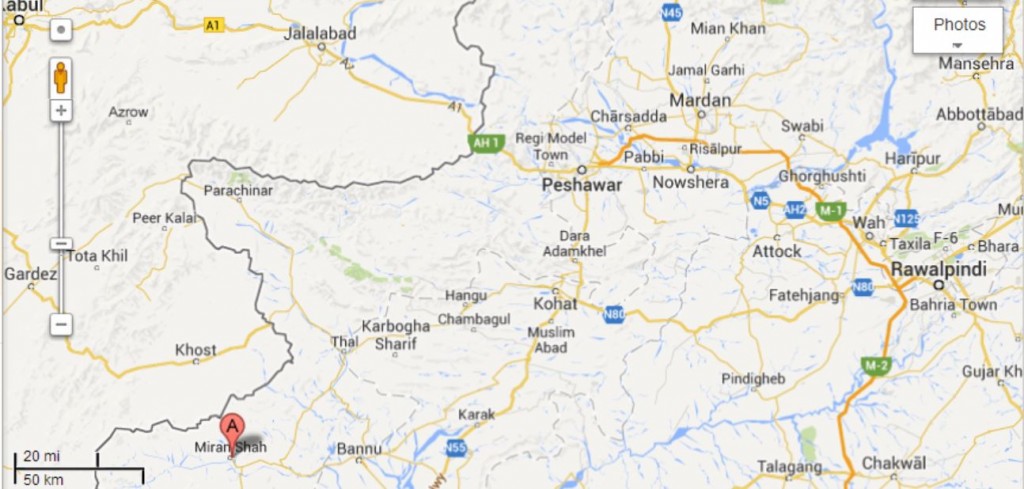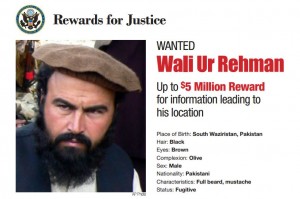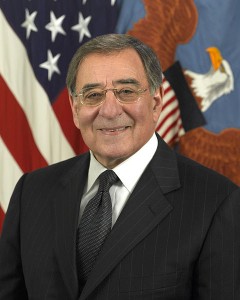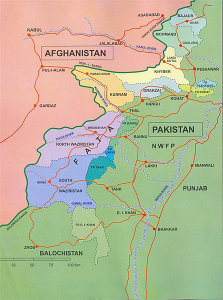More Fallout From Hakimullah Mehsud Drone Killing: Polio Vaccines Halted in Waziristan
Yesterday, we got the tremendous news that after having lead the world in the number of polio cases as recently as 2009, the World Health Organization announced that there have been zero polio cases in India for three consecutive years. In today’s Express Tribune, we see a discussion of whether and how Pakistan can now rise to the challenge of polio eradication. In the article, we learn that the US drone killing of Pakistan Taliban leader Hakimullah Mehsud not only disrupted the developing plans for peace talks between the Taliban and Pakistan’s government, but it also affected polio vaccinations in North and South Waziristan:
According to the State Minister for National Health Services, Regulations and Coordination Saira Afzal Tarrar, NWA and South Waziristan did not receive any immunisation in months, contrary to former North Waziristan Agency (NWA) surgeon Jan Mir Khan, who was part of recent polio efforts. “After the drone strike that killed Hakimullah, it all stopped. Not just the peace talks, but also our efforts,” she says.
The terrible impact of the CIA’s vaccination ruse employing Dr. Shakeel Afridi in the search for Osama bin Laden has been extensively documented here, but this is the first time I have seen a suggestion that backlash to a drone strike directly resulted in polio vaccines being denied to children. Tarrar is not ready to give up, however, and believes that Pakistan and the Taliban will eventually come to an agreement that will allow vaccinations to resume:
Saira Tarrar also emphasised that the people of the area need to be part of the solution. “Parents are now sick of the ban; this pressurises the Taliban.”
“There is an accessibility problem in Fata, but by 2014, we will get a bargain and get some access.” And access is key, as far as Elias Durray, the head of Polio Eradication at the World Health Organization in Pakistan is concerned. “Immunisation prevents circulation. The virus won’t vanish on its own.”
Let us hope that Pakistan can achieve full vaccine coverage and have polio disappear as quickly in Pakistan as it did in India. Of course, this will require the US actually letting peace negotiations between the Taliban and Pakistan come to fruition, so success is far from guaranteed.




